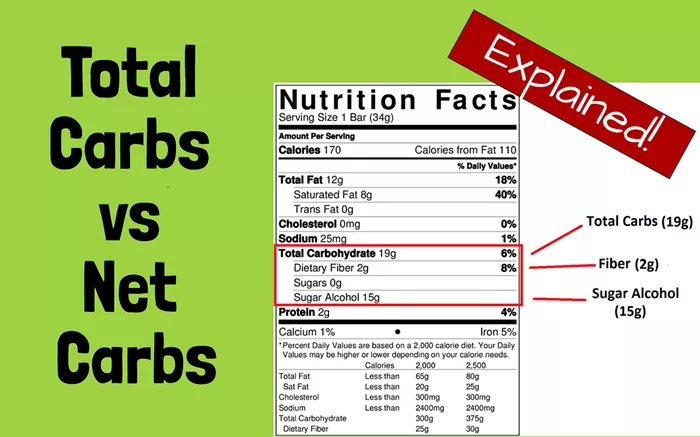On a typical Tuesday, I reached for a package of tortillas for taco night, only to realize later I’d picked a low-carb brand by chance. Having already eaten a carb-heavy day, this felt like a fortunate accident. But as I put the package away, I noticed an equation printed on the label—something about “net carbs.”
The Rise of “Net Carbs” in Food Marketing
“Net carbs” has become a popular term on many packaged foods, especially those marketed as low-carb or keto-friendly. But what does it actually mean? Unlike total carbohydrates, which include all types of carbs in a product, net carbs aim to represent the carbs that impact blood sugar levels.
How Is “Net Carbs” Calculated?
The most common formula for net carbs is:
Net Carbs = Total Carbohydrates – Dietary Fiber – Sugar Alcohols
Total Carbohydrates include all sugars, starches, and fibers.
Dietary Fiber is subtracted because it isn’t digested and doesn’t raise blood sugar.
Sugar Alcohols are partially absorbed and often subtracted, though their impact varies.
This calculation is not regulated by the FDA, meaning manufacturers can apply it differently, which can confuse consumers.
Why Does This Matter?
For people managing blood sugar, diabetes, or following low-carb diets, understanding net carbs can help make better food choices. However, it’s important to note that not all sugar alcohols affect blood sugar equally. For example, erythritol has minimal impact, while maltitol can raise blood sugar more significantly.
Expert Advice on Reading Labels
Registered dietitian Sarah Johnson advises consumers to:
Look beyond “net carbs” claims and check the full nutrition label.
Be cautious with sugar alcohols and research their effects.
Consider total carbohydrates if managing blood sugar closely.
Practical Tips for Consumers
Use “net carbs” as a guide, not a rule.
Pay attention to serving sizes to avoid underestimating carb intake.
Combine label reading with whole food choices like vegetables, nuts, and lean proteins for balanced nutrition.
Bottom Line
“Net carbs” is a helpful but imperfect tool for those watching their carbohydrate intake. Understanding how it’s calculated and its limitations can empower consumers to make healthier, more informed choices—whether for weight management, blood sugar control, or general wellness.


